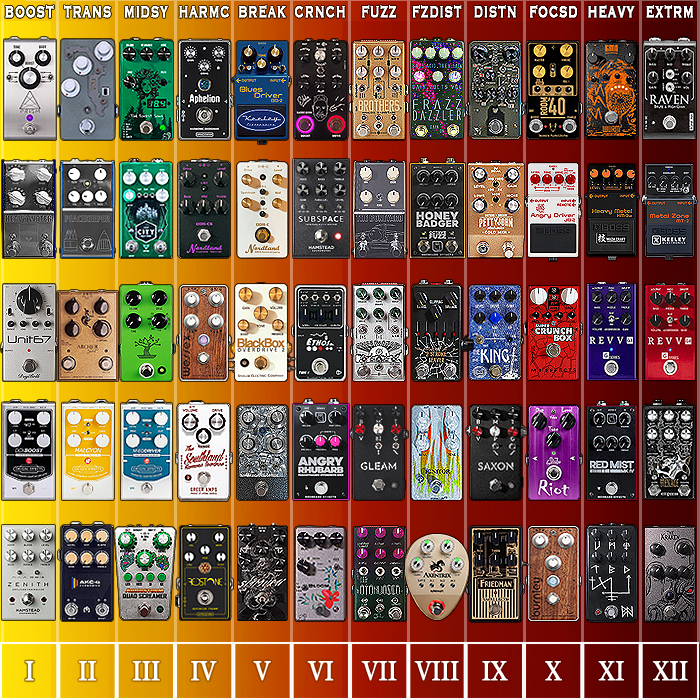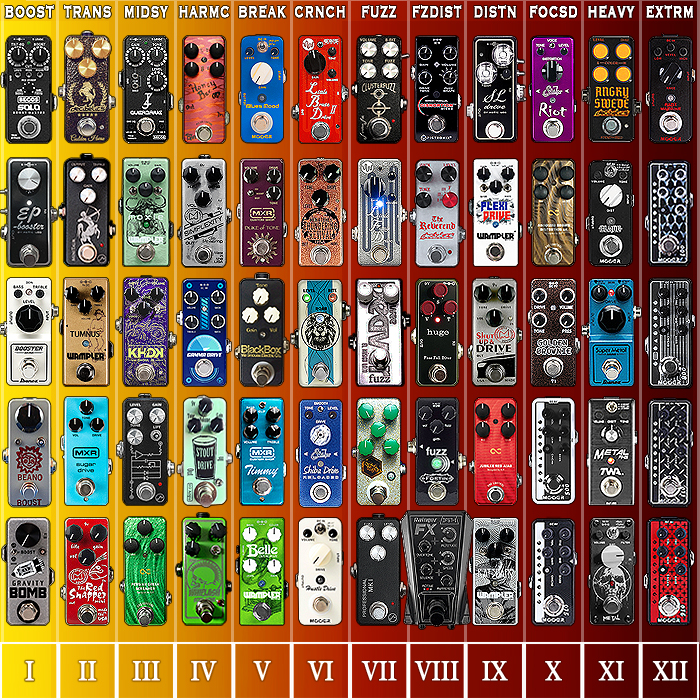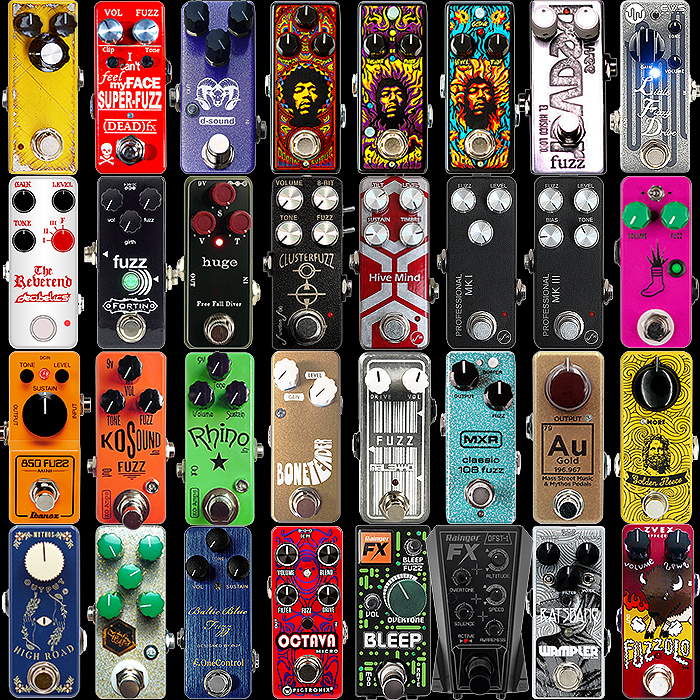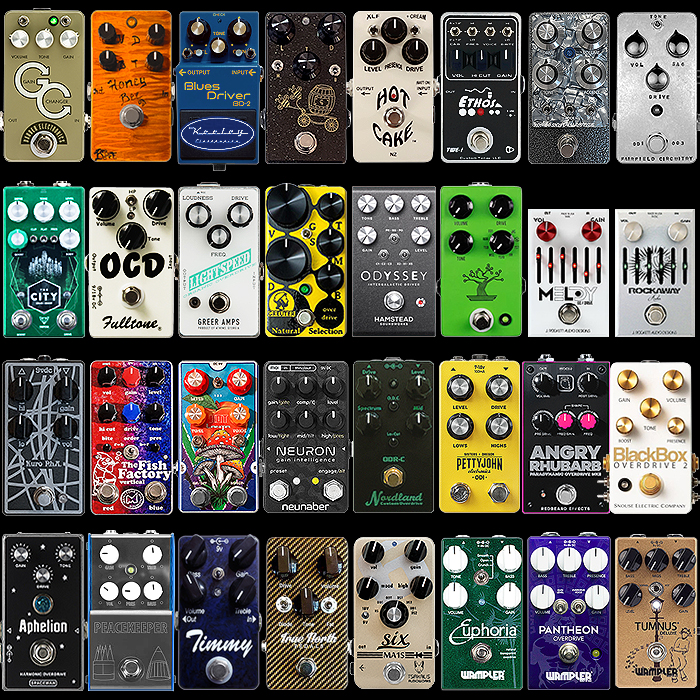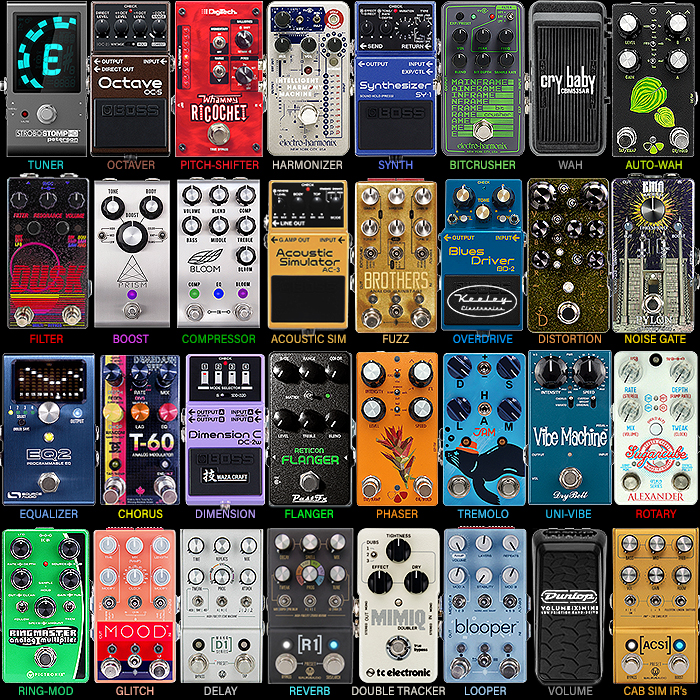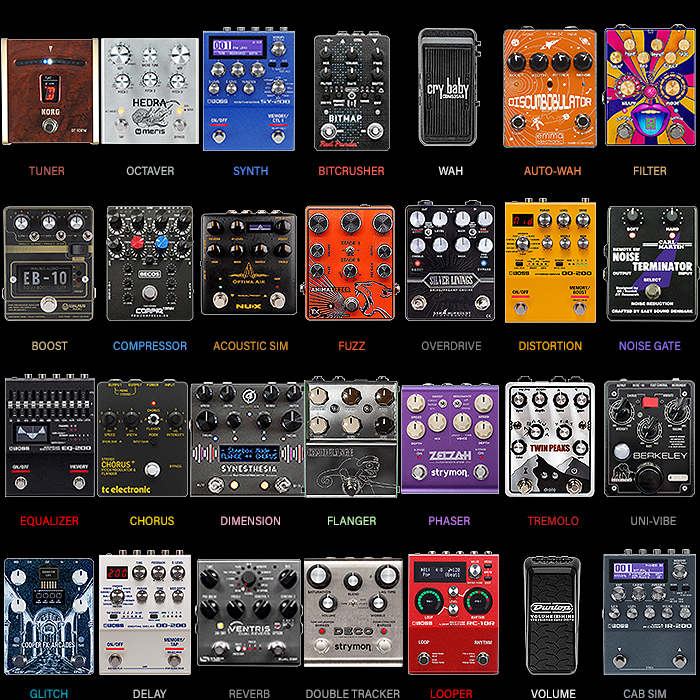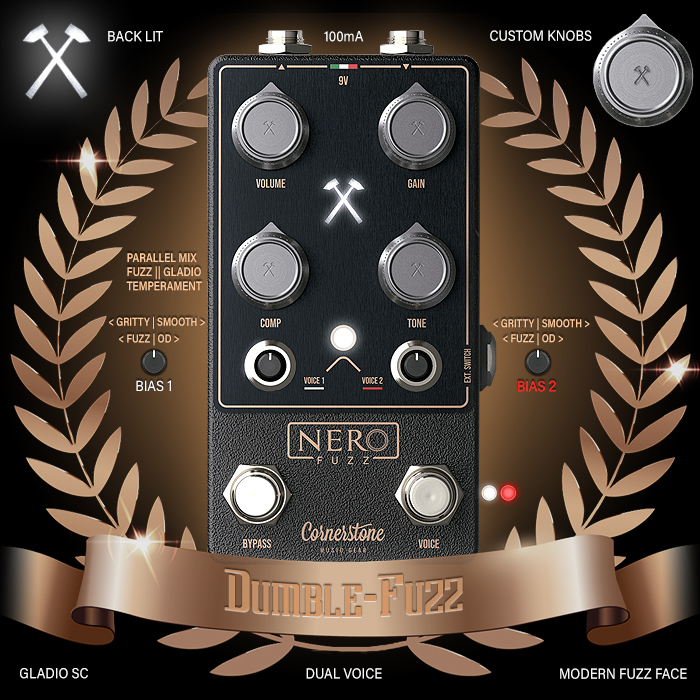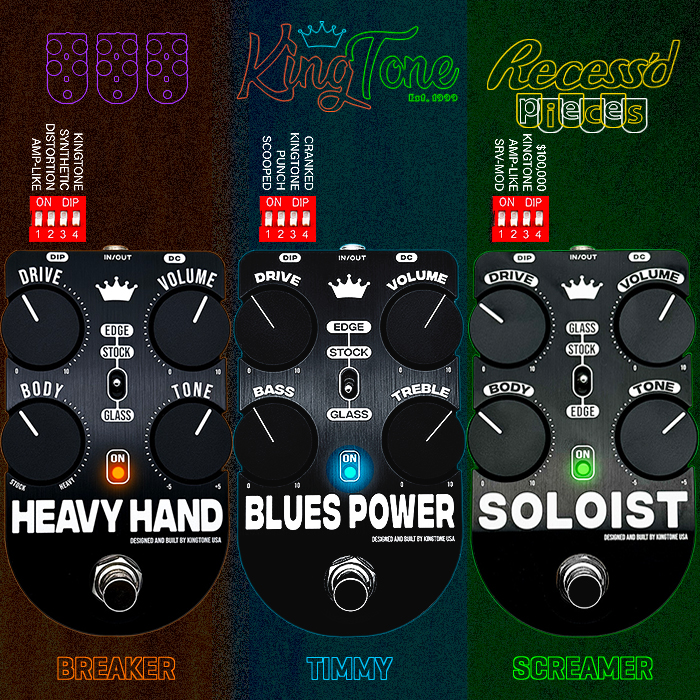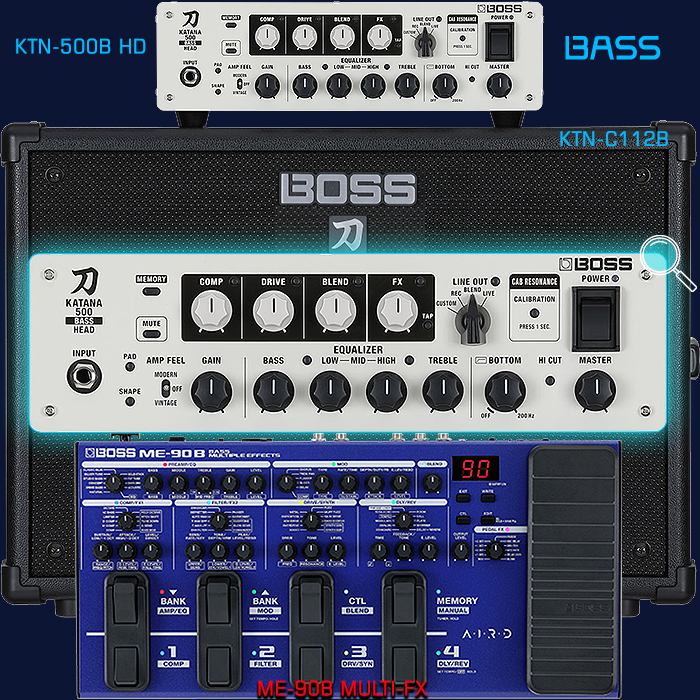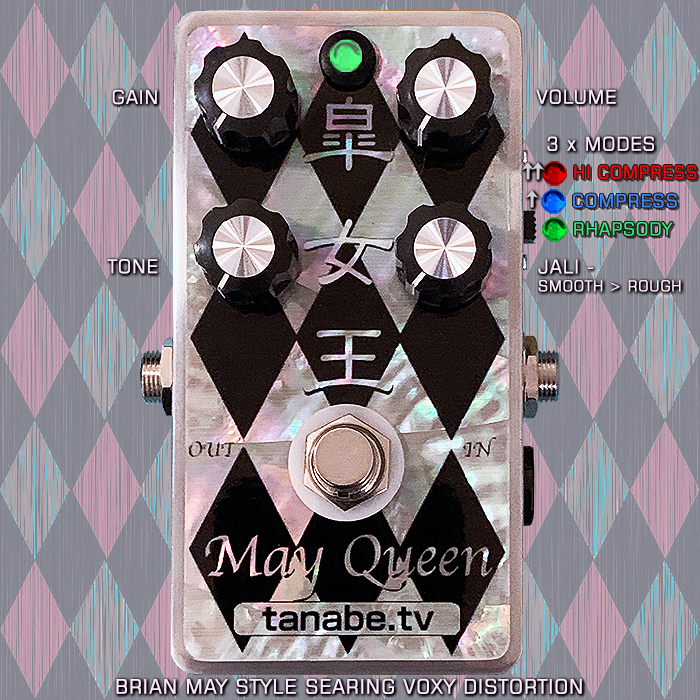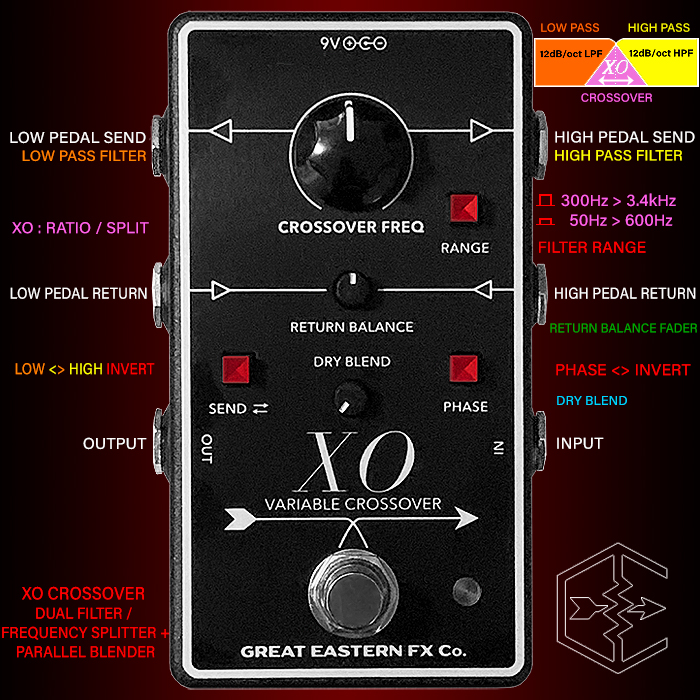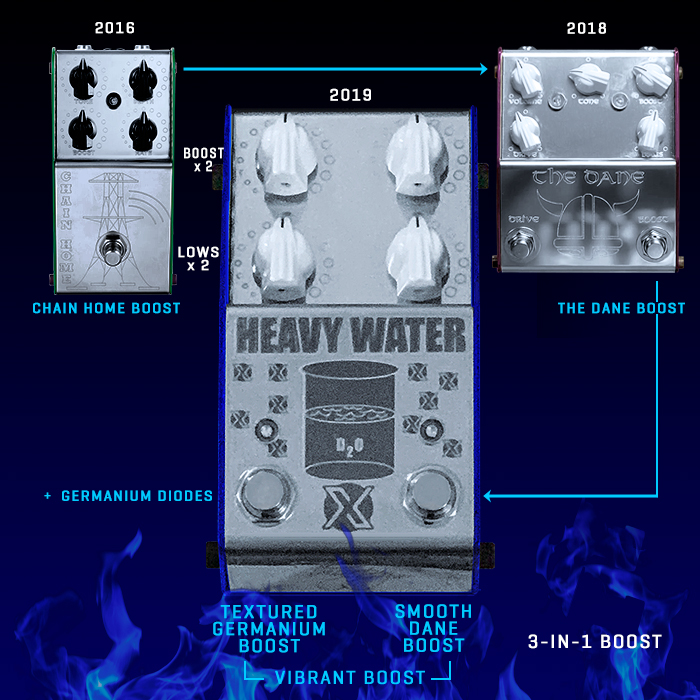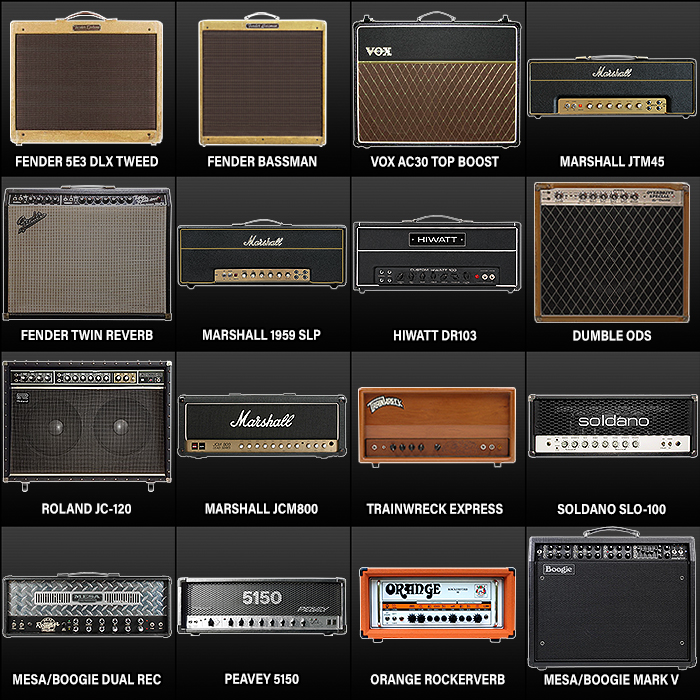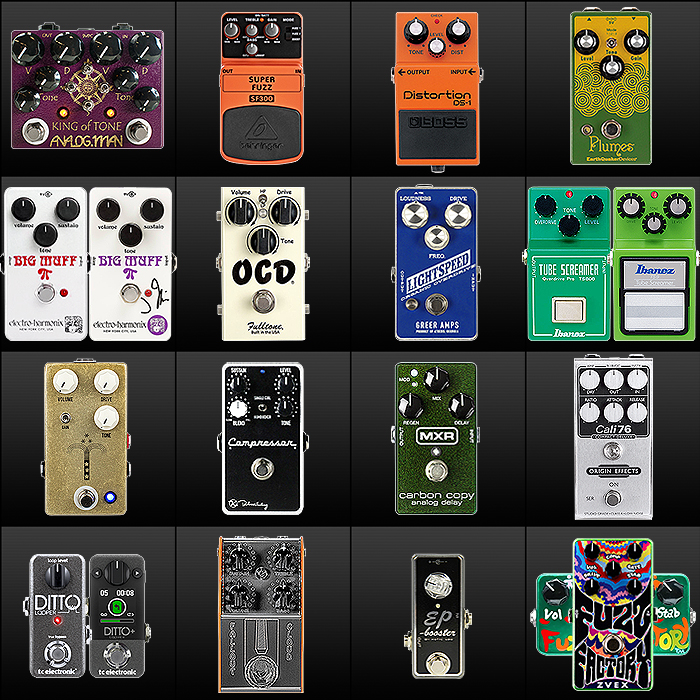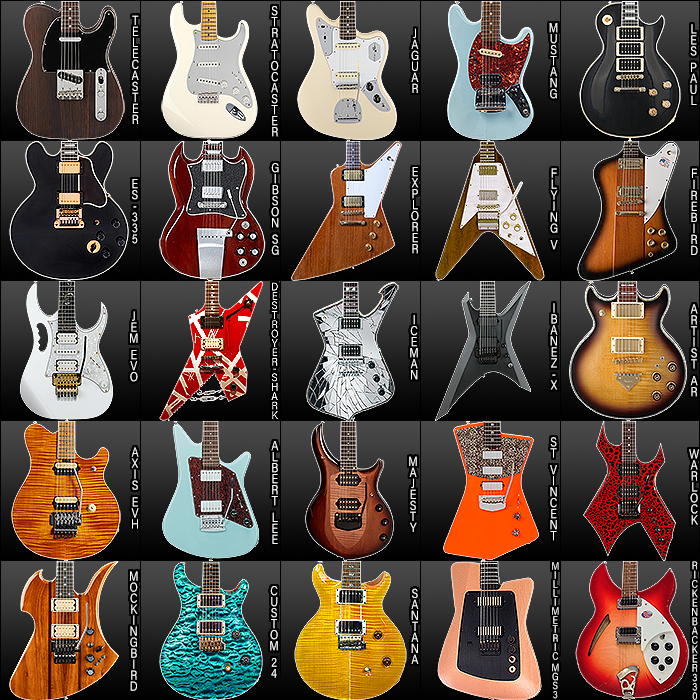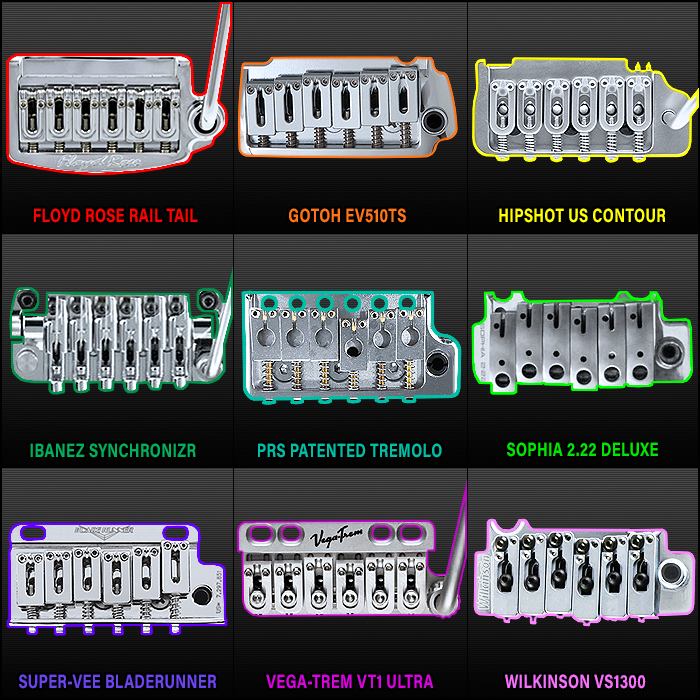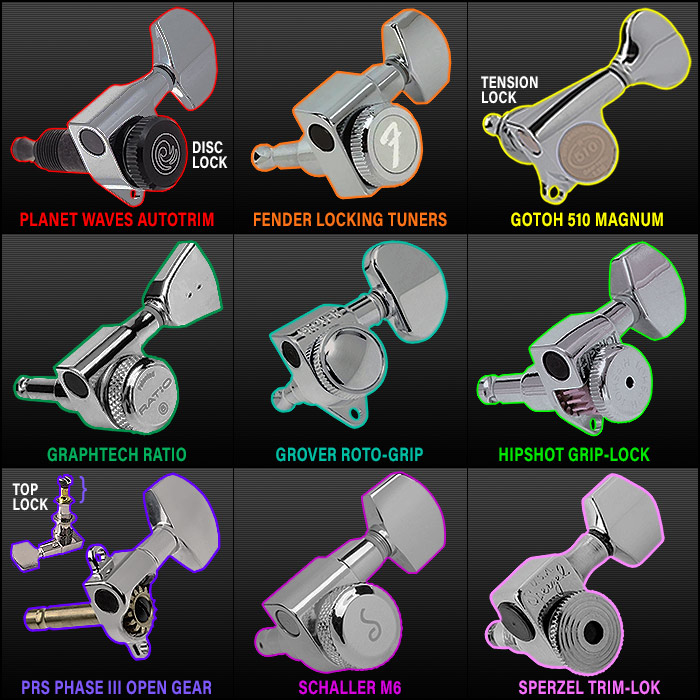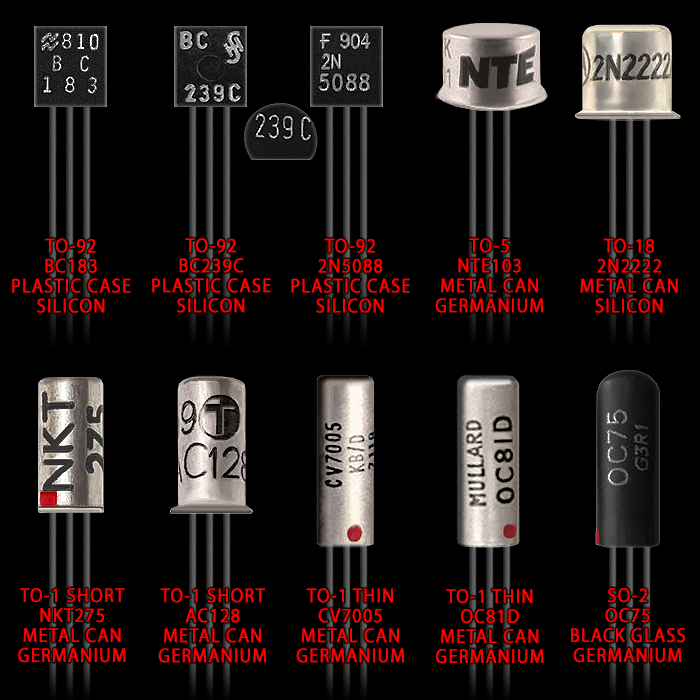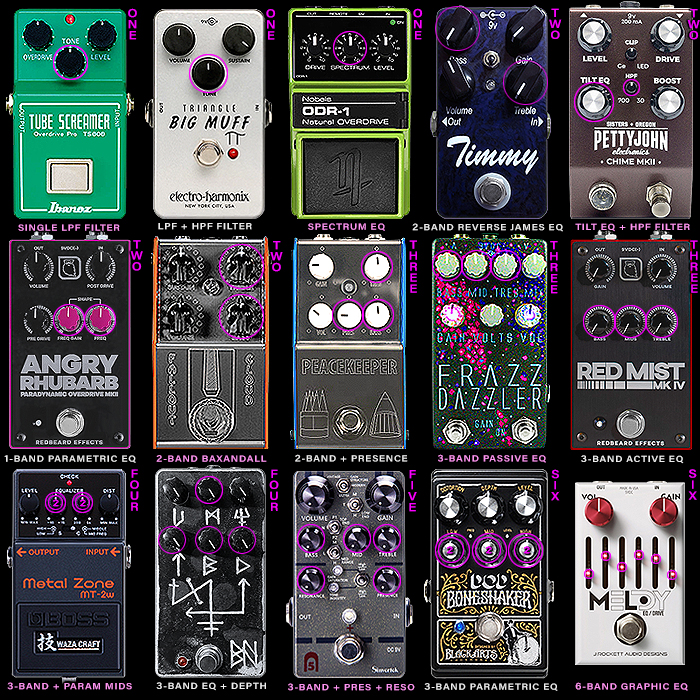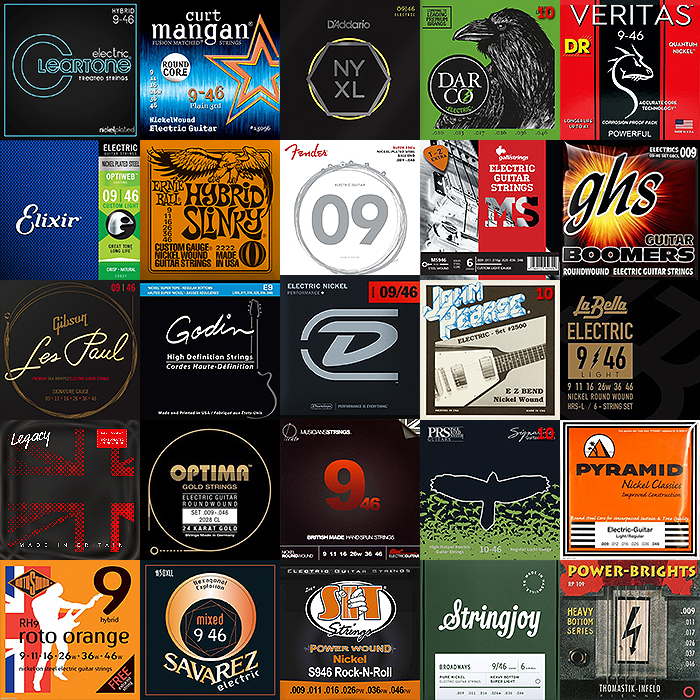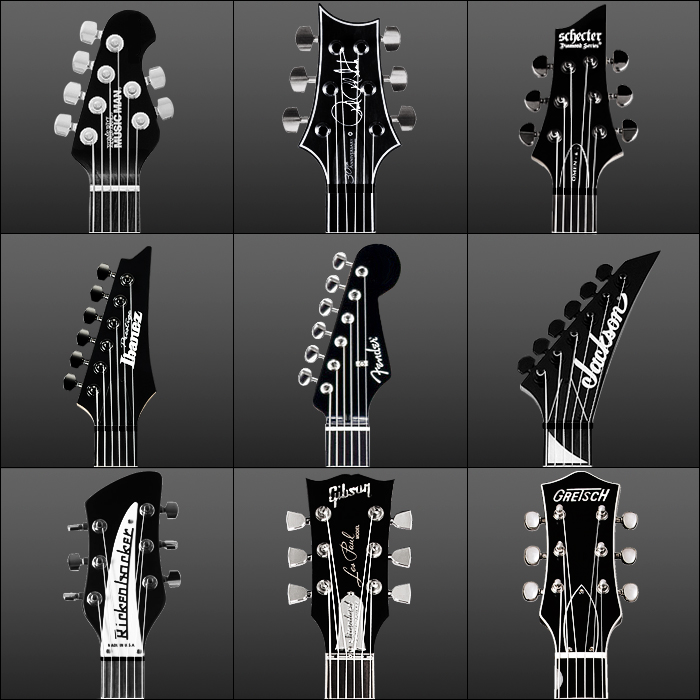A Brief Hobbyist Primer on Key Power Amp Tubes
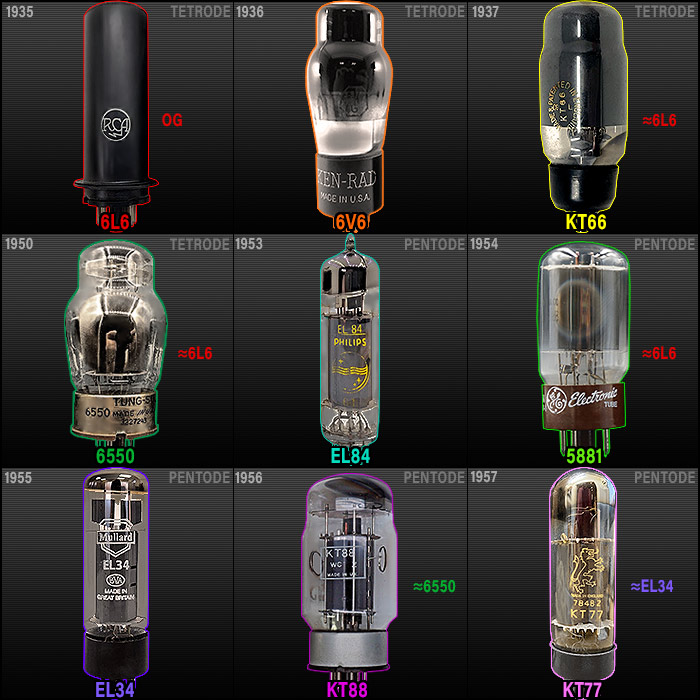
I’ve always been fascinated with component choices in audio device manufacture and their key formative role in shaping the specific character of a particular device - often through inherent flaws or inaccuracies in the technology of that period. Guitar effects owe much to the imprecise nature of amplification devices, and how they would naturally distort in interesting ways when you turned the level up beyond a particular point. Note that I’m by no means an expert on Tube technology, so there may be some inaccuracies and distortions of my own within this text. My intentions are always true, and based on solid scientific, academic, and practical processes, while I’m not an Electrical or Electronic Engineer, just someone with a healthy degree of Physics knowledge, so as I say there might be some slightly unintentional inaccuracies here - which is why indeed this is titled a ’Brief Hobbyist Primer’. As ever I’m trying to break things down into simple logic-fuelled explanations!
The simplest Vacuum Tube Device to date is the Diode (aka Fleming Valve), which at a basic level operates much the same as the more complex Thermionic Vacuum Tubes featured here - both have Anodes and Cathodes which help regulate the flow of electrons. Thermionic Vacuum Tubes are typically used for signal amplification, current rectification or switching purposes. The first such device was created back in 1907 by Lee de Forest - as a crude 3-terminal audio tube, the forerunner to a Triode Thermionic Vacuum Tube.
Our own story here really starts in 1935 with the 6L6 / 6L6G Metal Envelope Beam Tedrode Power Tube developed by RCA (Radio Corporation of America). This still remains incredibly influential to this day, and is manufactured currently with some more modern enhancements. And while there used to be Tube / Valve factories in every country pretty much - Transistors and Integrated Circuits kind of took over that industry to the extend that there currently remain only 4 major plants in the world that manufacture nearly all current tube types / brands - JJ Electronic in Slovakia, New Sensor Corporation in Russia (via EHX), and PSVane & Shuguang Vacuum Tubes in China. There are some smaller outfits too - US’s Western Electric, Czech Republic’s Emission Labs and KR Audio, and China’s Tianjin Quanzhen - Full Music. There are several further working projects trying to re-establish Tube Manufacture, in former key locations like the UK.
For our purposes here - we will simply focus on the 9 best known Guitar Amp Power Tube varieties - the earliest one most classic references for each key type. It took a long time to find all the suitable imagery for this article, and to re-touch and refine it for proper use! In fact some fairly deep-reaching research!
Here for me are the key varieties :
- 1935 : 6L6 - [Original made by RCA], Featured in : Fender Super Reverb, Fender Twin Reverb - Tetrode Type
- 1936 : 6V6 - [Original made by Ken-Rad Tube & Lamp Corporation],Featured in : Fender Deluxe Reverb, Fender Champ, Fender Princeton - Tetrode Type
- 1937 : KT66 (≈6L6) [Original made by Marconi-Osram Valve Co. Ltd] - Featured in : Marshall JTM45 - Tetrode Type
- 1950 : 6550 (≈6L6) [Original made by Tung-Sol] - Featured in : Ampeg SVT, Marshall AFD100, Marshall JCM800 - Tetrode Type
- 1953 : EL84 [Original made by Mullard-Philips] - Featured in : Vox AC30, Watkins Dominator, Magnatone Varsity, Morgan AC20, Carvin V3MC - Pentode Type
- 1954 : 5881 (≈6L6) [Original made by General Electric Company] - Featured in : Fender Bassman - Pentode Type
- 1955 : EL34 [Original made by Mullard-Philips] - Featured in : Marshall JTM50 / 100, Marshall Super Lead #1959 - Pentode Type
- 1956 : KT88 (≈6550) [Original made by General Electric Company] - Featured in : Marshall Major, Hiwatt DR201, Ampeg SVT - Pentode Type
- 1957 : KT77 (≈EL34) [Original made by Marconi-Osram Gold Lion] - Featured in : Marshall JMP4145 - Pentode Type

Tube Output Character Profiles
Each of these Tubes is associated with a certain Frequency and Character Profile - many of the earlier amps were slightly Mids-scooped in their output. Of course other Amplifier components come into effect too - in particularly the type and Pre / Post placement of Tone Stack. These are commonly held standards and ideals. I typically prefer EL84's for chimney / sparkly Highs, and EL 34's for deep and punch distortion - while I've not taste-tested dozens of different variants within the same single-amp context! These following paragraphs provide just a very certain baseline reference for each of these! :
6L6 / 6L6G / 6L6GC
The OG which was pretty much foundational to early guitar amps - uniquely Metal Encased, where latter varieties were the more typical Glass Bulb type. Really well balanced Tube Output - its Lows come through fat, punchy, and strong, Mids are tight, articulate, and warm, all accentuated by a sparkly top-end chime. For many this is their favourite 'Clean Amp' tone, for many too their favourite overall Amp Tone across Clean and Distorted / Overdriven. This pretty much influenced all the other Tubes featured here, but not its metal shell!
6V6 / 6V6GT
Like the 6L6 this also started as a Metal Encased Tube, before quickly switching to Glass. The 6V6 adds a sparkle to the top end and a chewiness to the bottom of the output. This was used for smaller output amps than the 6L6, and it has less headroom, earlier breakup onset, with a little less flavour all-round than the 6L6 - while many prefer its slightly softer highs and lows profile.
KT66
Somewhat subtle tonal variations on its obvious 6L6 inspiration - smoother highs and lows, more open sounding and with increased dynamic response. For me the 'KT' varieties are really sort of in-between variants - which offer subtle variations on their source inspirations - 6L6 > KT66, 6550 > KT88, and EL34 > KT77. Note that certain aspects of the profile are enhanced and augmented - while other parts somewhat more diminished!
6550
Offering more output power than its 6L6 inspiration - this was used in certain JCM800's, and came fitted as standard in the Slash signature ADF100. Also delivers a little more grit and sizzle than the 6L6, and is somewhat known for its fluid / liquid lead tones.
EL84
A fairly sensitive Tube with a lot of midrange bark and with a lower voltage requirement in general. For me this delivers the most Sparkly and Chimey of cleans, and offers a really cool high frequency accent. I typically combine EL34 and EL84 Tube Amps - to deliver a fuller frequency range response - more depth and immersion! For some the Fender Cleans are the peak desired High Frequency Chime and Sparkle, while for many of us, and me included - it's the Chime of the EL84 that I prefer. These power my right-hand channel Carvin V3MC and offer a beautifully sounding Upper Mids and Highs complement to the EL34 emulation on my left-hand Boss Katana Artist II Amp.
5881
Yet another 6L6 inspired / derived Tube - properly 'ruggedized' for more robust performance. It has a lower headroom, and therefore earlier breakup onset than the 6L6. Fairly similar tonal character overall to its 6L6 / 6L6GC predecessors but there are some subtle variances, albeit the right tone stack and further well-chosen amp circuit components can even that out.
EL34
The poster boy for Mids accentuated Chunky Chewy Marshall Character - this is at the root of prime rock sonic vocabulary - all those late 70's and core 80's Hot-Rodded Plexis and Power Stacks - the sound of so many of your favourite records. I love EL34's for their resonant Lows and Low-Mids character with proper punchy Mids. The root of most of my favourite distortion tones. It's also the core voicing of the Boss Katana Series - including my left-channel Artist II - which is a solid state + DSP EL34 emulation. That Low-end, Low-mids accentuated profile perfectly combines with and complements the Sparky Highs and Upper Mids profile of the EL84 tubes on my right-hand Carvin V3MC Amp - which has 4 of those tubes onboard alongside 4 x ECC83S's.
KT88
A sort of refinement of the 6550 Tube, which in turn is kinda sorta evolved from the 6L6 OG. The KT88's offer a less distorted cleaner higher headroom with increased output - which has meant that the KT88 is popular in certain audiophile applications too. For some this is the perfect clean character, but others feel that it has slightly lesser personality. For audiophile / hi-fi audio applications you need those tubes to be as neutral and 'Clean' as is possible. While typically for guitar purposes we need character and personality!
KT77
Note that I really struggled to find manufacturing data on these! Every resource says created in the late 50's, my understanding is that these came after the 1956 KT88's, and so I've selected the following year as a suitable candidate! These are very much supposedly based on a refinement of the EL34 profile - with more headroom and less compression. The output frequency profile is somewhat augmented too with more low end. Much like the KT88 - this is a refinement / more audiophile style of Tube. Some prefer this in place of the EL34, many still prefer the EL34!
A Cross Section of a Pentode style Tube
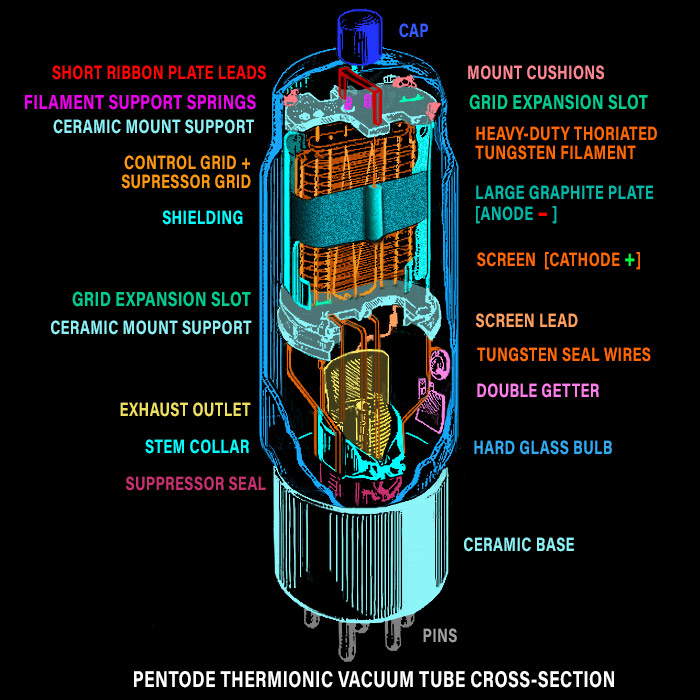
So I've tried to transcribe and simplify an old black-and-white RCA-803 manual illustration - which is really quite densely intricate in places - so I'm not sure I got it down 100% correctly for my re-colorisation - but it's as close as I can get from the various references I encountered throughout my research. The diagram certainly illustrates most of the key aspects of said Tube type - including of course the essential Anode and Cathode parts of that design!
If you spot any mistakes in any of this - do let me know, and I will rectify forthwith! As always - I've had a keen curious interest in tubes, but could not find one single resource which covered all the key details to my own liking - and hence I constructed this from a vast array of resources - to satisfy that curiosity. It would be great to further include some of your own insights on these Tube variants too - I do feel I got most of the fundamental parts right here - but things can surely always be improved!
Note that the two designs of Tubes featured here are Tetrode and Pentode - and this paragraph explains the difference between the two! :
"A Tetrode design has a cathode, a control grid, a screen grid, and an anode. The screen grid greatly reduces the capacitance between the anode and control grid and makes neutralization unnecessary or easy to accomplish. The pentode has an additional 'suppressor grid' to control secondary electrons."
Further Video References
Post Script

My good friend Vitalli Bobrov (Drunk Beaver Pedals) rightly reminded me that even though these various Power Amp Tubes are associated with certain frequency profiles and overall character - the association has more to do with the surrounding amp components and tone stack. So we think of EL84's as being brighter and sparklier, with EL34's more mids-punchy - while that association has more to do with how Vox and Marshall utilised those in combination with other components. We think of EL34's sounding one way, and EL84's another - while the primary association is actually those Amps we are most familiar with!

